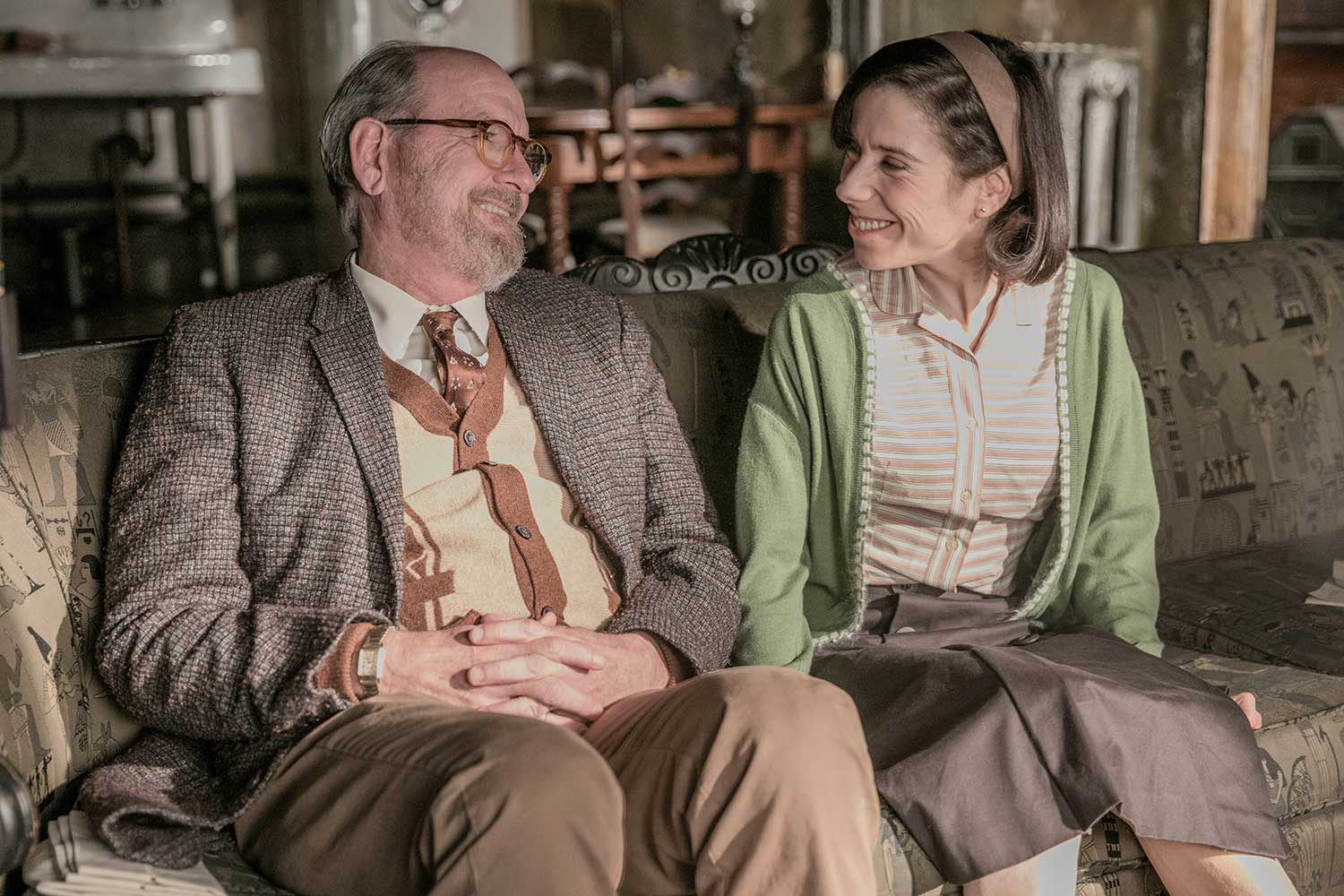For Luis Sequeria, the opportunity to join Guillermo del Toro‘s creative team on “The Shape of Water” as costume designer has been life changing. Sequeria has spent most of his career working in television on series such as FX’s “The Strain” and CBC’s “Being Erica.” Along the way, he smartly found the time to work on high profile films such as “Mama” and the 2013 “Carrie” remake. With his first Academy Award nomination for “Shape” on his resume he’s made a jump that should find him under Oscar consideration for years to come.
Sequeria is currently back home in Toronto where he’s working on the “Christmas Chronicles” for Chris Columbus, but he took a few minutes to jump on the phone and talk about his work with del Toro and what’s next.
[And in case you were unaware, Sequeria is not responsible for the Amphibian costume. That was a separate team, but he does joke he’s responsible for the cape that is used to cover him in a few scenes.]
_____
Gregory Ellwood: What was your reaction to the Oscar nomination a couple of weeks ago?
Louis Sequeria: I was working late on set the night before, so when I went to bed I said to my I’m going to just sleep in and I’ll wake up to the news. At 8:30, about 8:35, I kind of was groggy, and looked around, like, “Oh, maybe I should watch” and then all the sudden my phone started ringing. (Laughs.) I was blown away, super excited.
You were in LA for the luncheon, correct?
I was, yeah, which was amazing.
What was the one memory you’ll keep the most from that experience?
Of course, you hear about when someone calls your name and you do that walk and everyone at the luncheon obviously is a winner. People talk about how you kind of float your way to the front and I remember exactly that. I don’t remember how I got there, but I floated to the front. I think after we took our photos and they said, “Now everyone cheer because you guys are all winners” it was euphoric. Everyone is just so happy. It was a room full of complete and utter happiness, which was amazing. Of course meeting Meryl Streep, Mary J Blige, Common and Kobe Bryant was amazing, so I have great memories. Best day of my life.
I’m guessing he knew you from your work on “The Strain” and “Mama,” both of which he produced, but how did Guillermo approach you about “Shape of Water”
We’ve worked together as executive producer on “Mama” and the first time we met I was outfitting with Jessica Chastain where she came out in full costume, hair and makeup, and he was blown away, which was amazing. Then he directed the pilot of “The Strain” and he also did special vignettes for the series over those three years. We were closing out I think the last production meeting of the third season, and he pulled me aside and said he would very much like me to work with him on “The Shape of Water” and I said, “Yeah, where do I sign up, when do we start?” (Laughs.) That was the beginning, the genesis of that project.
Did he send you the script? Did he give you any sort of preface before you read it or knew what it was about?
He said that it was he wanted to do a black and white movie,and it was basically “Beauty and the Beast” meets “Black Lagoon” and he’d mentioned that he wanted to do it in black and white which was really interesting and then of course that all changed, which now when you see the movie I couldn’t imagine it being black and white because the color is just such an important part of the vision of the film.

How much prep work did you do for the black and white version and how much did it switching to color change your aesthetic?
At first, when it was black and white I had started to do a study of textiles because for me I have 30 years of experience in color film, but really other than a couple of special scenes I’d never done black and white. So, for me it was really understanding the concept of color and how conversely it applies to black and white and then pattern and plaid, and stripe, because it’s all about contrast. I started a color palette, changed that into black and white and looking at different fabrics, and photographing that, which was totally fascinating, but then when it was mentioned that it was color it was still a great experience to go through. And while I was doing that I also did sepia tone,so it was like black and white sepia tone drained color. I thought to take advantage of it to do a full study of how color and pattern is effected between the pure black and white, drain color, sepia tone, and full color.
How much time did you actually have before production started to switch from black and white to color?
It was so far out. It was totally doable. It didn’t really impede or effect production, so to speak, because we’d talked about doing this movie and I was doing some pre-prep. While I was on “The Strain” I was doing a little pre-prep, and that’s where I started to do that color study. Then of course the only other part of the movie that is black and white was the dance sequence, so with that I also did a study on the different fabrics and how they would translate to black and white.





